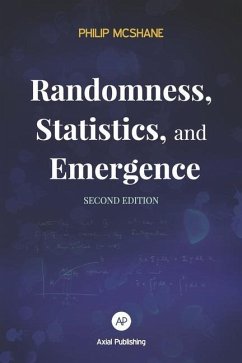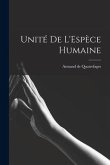McShane illustrates how classical and statistical procedures complement one another. To arrive at a principle of emergence, he focuses on actual procedures of empirical investigators and the type of explanation they seek. Those doing the relevant sciences-biophysics and biochemistry are his focus in the last four chapters-can verify objective randomness and emergence by attending to their performance. One of the conclusions McShane draws is that emergence and evolution are explained in terms of probabilities of emergence and probabilities of survival of recurrence-schemes. In the second half of the book he makes beginnings in heuristics of biological and scientific growth and development. Operative throughout the book is an assumption about isomorphism: Conclusions about randomness, statistics, and emergence are also conclusions regarding the non-systematic nature of human knowing. In the fifty years following the publication of *Randomness, * McShane fermented forward from this work towards a solution to the steady decay of global culture and its abused Gaia. In *The Future: Core Precepts in Supramolecular Method and Nanochemistry* (2019), he recalls what he had written about F. M. Fisher and Markov matrices in the penultimate chapter of *Randomness.* In *Interpretation from A to Z* (2020), he dedicates a chapter to elaborating on convenient symbolism needed for the scientific study of development. This second edition of includes a second preface, "The Riverrun to God," written by McShane in the fall of 2012. It also includes an editor's introduction written by Terrance Quinn, author of *Invitation to Generalized Empirical Method in Philosophy and Science* and *The (Pre-) Dawning of Functional Specialization in Physics.*
Hinweis: Dieser Artikel kann nur an eine deutsche Lieferadresse ausgeliefert werden.
Hinweis: Dieser Artikel kann nur an eine deutsche Lieferadresse ausgeliefert werden.








